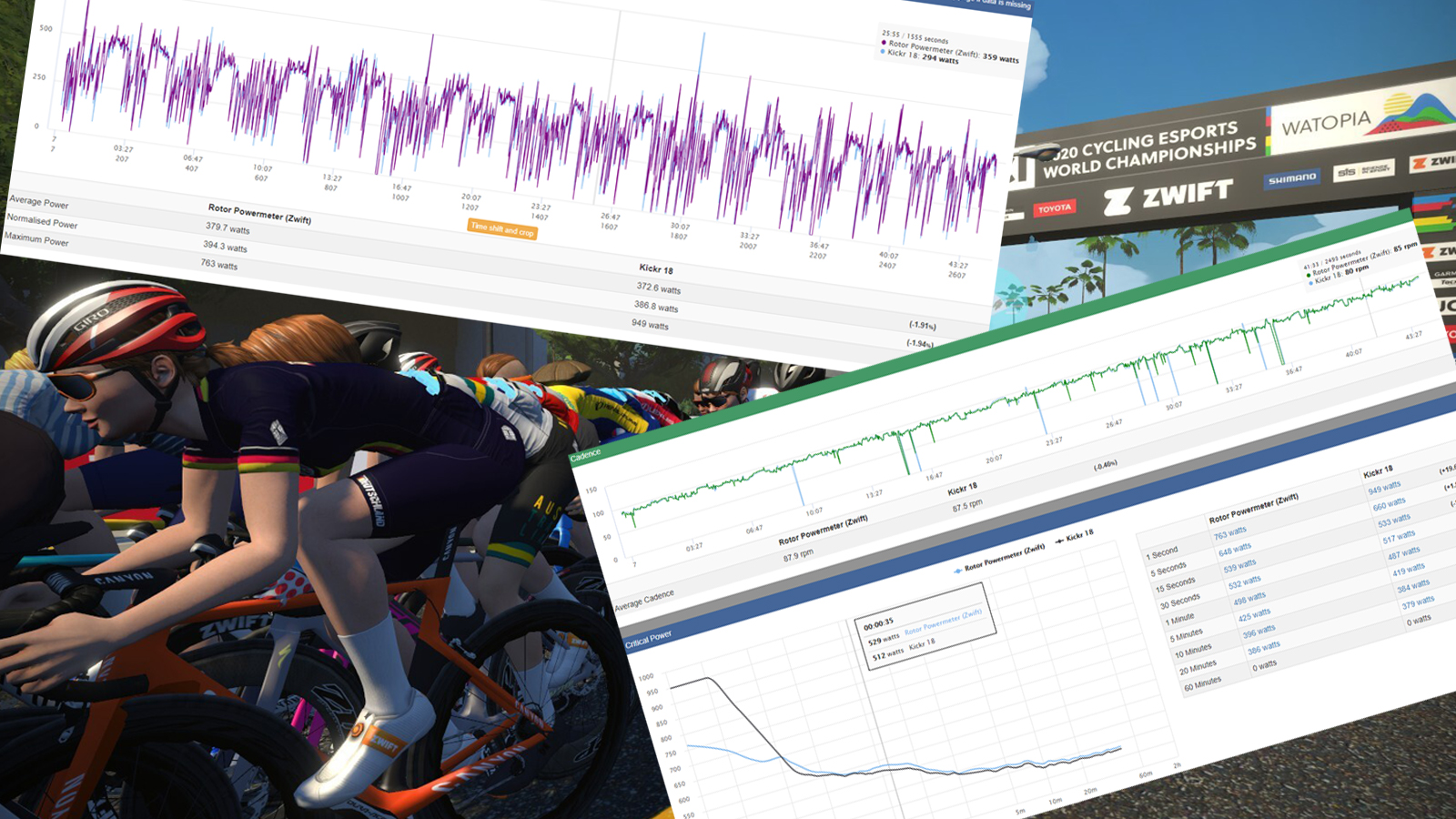Zwift makes abrupt U-turn after banning weight-doping hack whistleblower
After significant community backlash, Zwift have rescinded the shadowban of a user who highlighted a seemingly undetectable weight-doping glitch

Days before the UCI Cycling Esports World Championships, Zwift user Luciano Pollastri took to a burner blog account to publish 'The Ultimate Undetectable Weight Cheat on Zwift', which outlined how, using the Zwift companion app, users could alter their weight mid-race to gain a performance advantage.
Given the sensationalist nature of the title, which made no plea in itself for the bug to be fixed, Zwift proceeded to slap Luciano with a 30 day shadowban, meaning he could still use the platform, but his avatar would not show up for other users, and his results would not feature either.
Following what many in the community deemed an ill-judged knee-jerk reaction, given that the article was released as a plea for the issue to be resolved, Zwift proceeded to rescind the shadowban 48 hours later.
Zwift weight doping
Despite the best efforts of Zwift in the realm of transparency and the role of dual recording, weight-doping appears to be an issue that won’t go away for the indoor cycling platform.
As the platform is almost exclusively used at home, out of sight of any third party monitoring, scope for cheating is ever-present, and usually takes the form of manipulating data to strategically improve performance. Broadly speaking, this data manipulation can be broken down into three categories:
- Weight doping - Claiming you are of a lower weight than you actually are to improve your watts per kg and make your avatar faster
- Reverse weight doping - Claiming you are heavier than you actually are to remain within a set racing category, rather than being promoted up
- Mid-race weight doping - altering your claimed weight during a race so as to give your avatar a performance boost (the issue Luciano Pollastri was highlighting)
The undetectable weight cheat
The hack, in essence, relies on the use of the companion app. Users can, right after the start of any race, alter their weight in the app to give them a significant performance boost. Provided they change their weight back before the end of the race it should in theory be undetectable.
There isn’t an awful lot more to it than that, and while it is getting a great deal of publicity it is apparently an issue that has been raised previously on Zwift's own ZwiftPower forum over two years ago (this is disputed by Zwift). Some might argue that to not close this rather large loophole now that Zwift racing has reached UCI levels is a rather glaring oversight if it was in fact highlighted so long ago.
Get The Leadout Newsletter
The latest race content, interviews, features, reviews and expert buying guides, direct to your inbox!
The ban
Following his blog post outlining the hack and, at the end, asking Zwift to rectify things, Luciano was notified his account was to be suspended for 30 days, followed up with a clarification that, despite asking for a fix, highlighting the issue publicly violated Zwift terms of service by undertaking actions which could “interfere with, disrupt, negatively affect, or inhibit other users from fully enjoying our Platform”.
While I think the majority of us have the utmost sympathy for Pollastri, it is also not a great stretch to see things from Zwift’s point of view. The platform has come across a user publishing a blog post with a sensational title that appears, on the face of it, to simply advertise an easily exploited method of cheating. Maybe they should have read the whole article, but for the more nefarious users of the platform, it does also provide detailed instructions on how to cheat before asking for a solution from Zwift.
The u-turn
Perhaps had it not preceded the Cycling eSports World Championships by a couple of days, the ban would have gone relatively unnoticed. As it happens though, the Zwift community took umbrage at a whistleblower getting penalised, and caused enough of a stink for Zwift CEO Eric Min to issue a statement with the following key points:
- Luciano’s ban has been rescinded
- The cheat is detectable
- Zwift plans to introduce a bounty for users who detect and report bugs
How the bug is detected remains unclear, presumably to avoid publicising any would-be cheaters working around the detection methods. Ideally it needs to be some sort of live detection, rather than a retrospective investigation from ZADA & ZwiftPower so as to not mar the experiences of users racing alongside cheats. In a perfect world, and given the publicity around this issue, Zwift will simply work to close the loophole entirely rather than targeting users who exploit it.

Will joined the Cyclingnews team as a reviews writer in 2022, having previously written for Cyclist, BikeRadar and Advntr. He’s tried his hand at most cycling disciplines, from the standard mix of road, gravel, and mountain bike, to the more unusual like bike polo and tracklocross. He’s made his own bike frames, covered tech news from the biggest races on the planet, and published countless premium galleries thanks to his excellent photographic eye. Also, given he doesn’t ever ride indoors he’s become a real expert on foul-weather riding gear. His collection of bikes is a real smorgasbord, with everything from vintage-style steel tourers through to superlight flat bar hill climb machines.